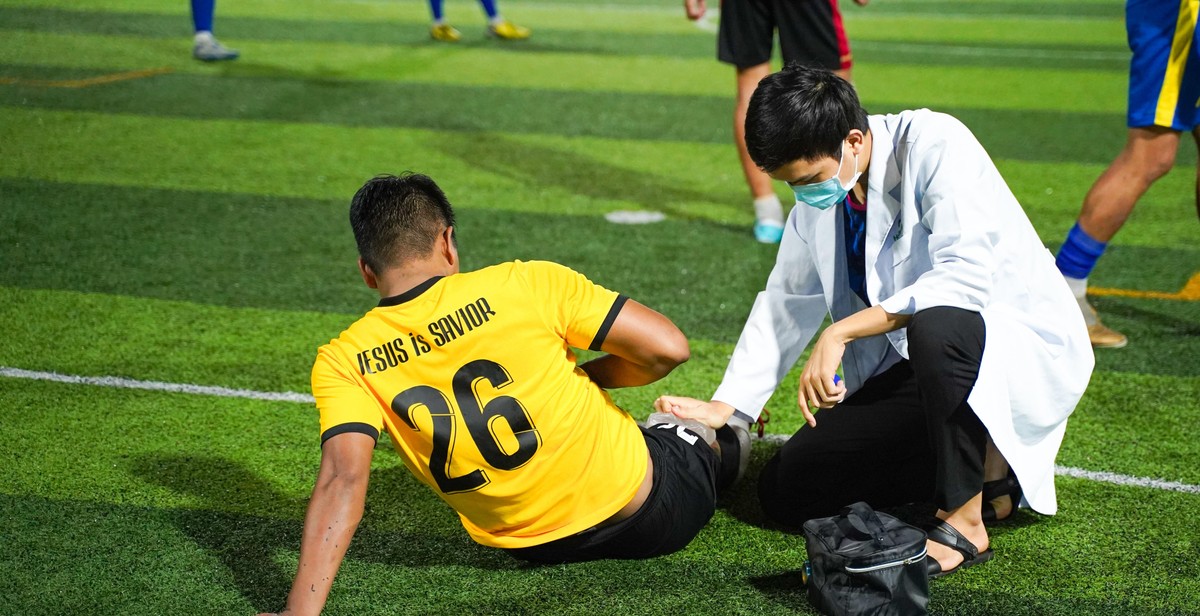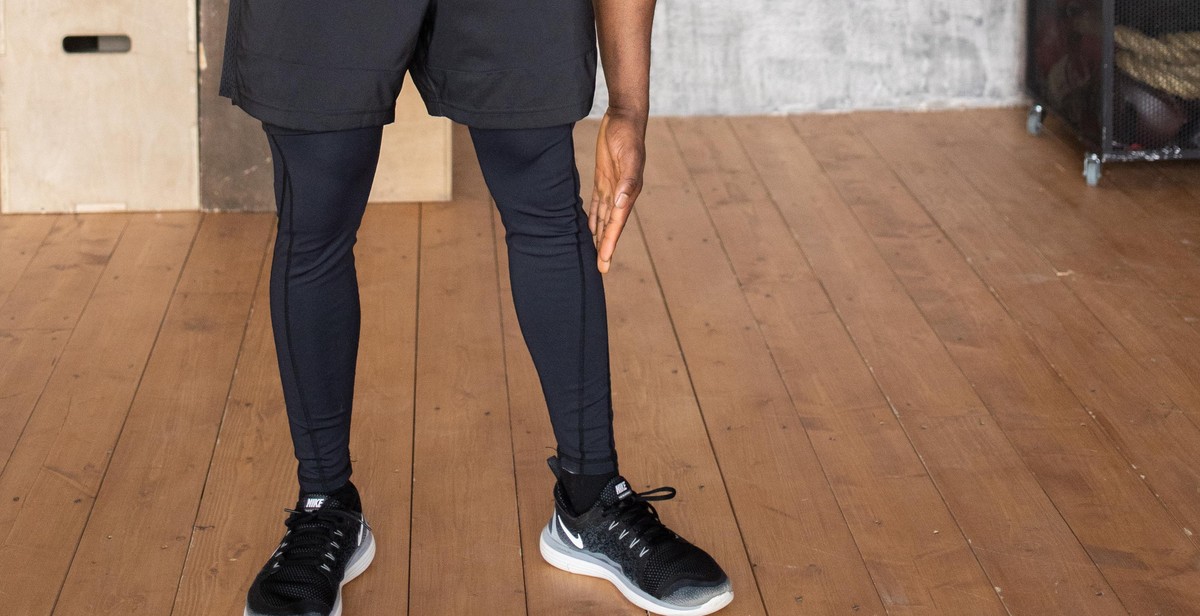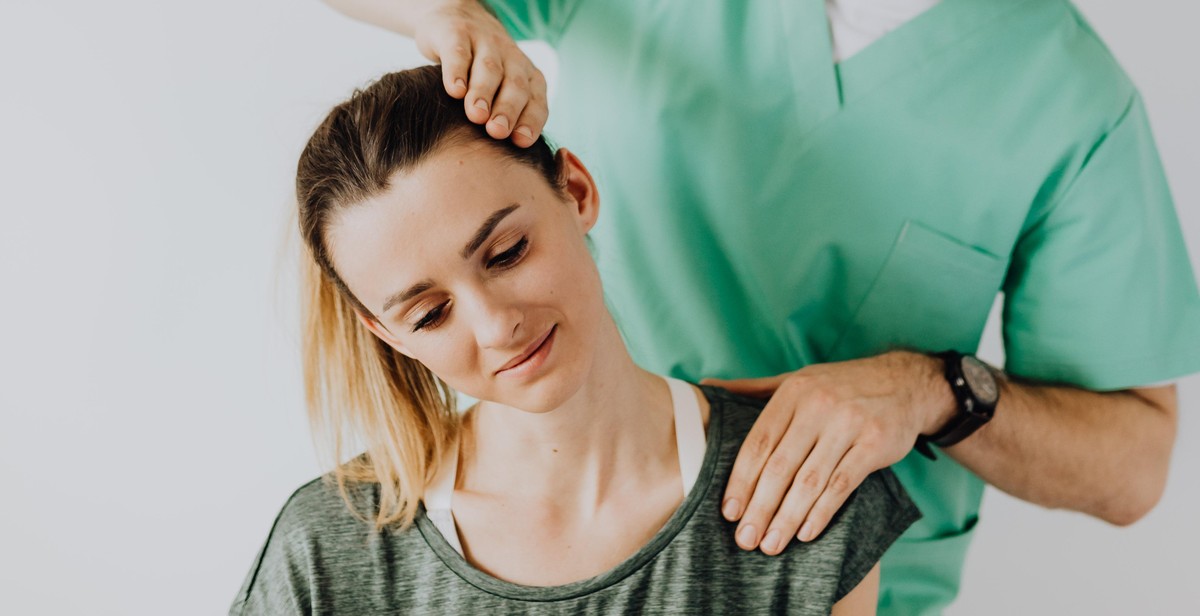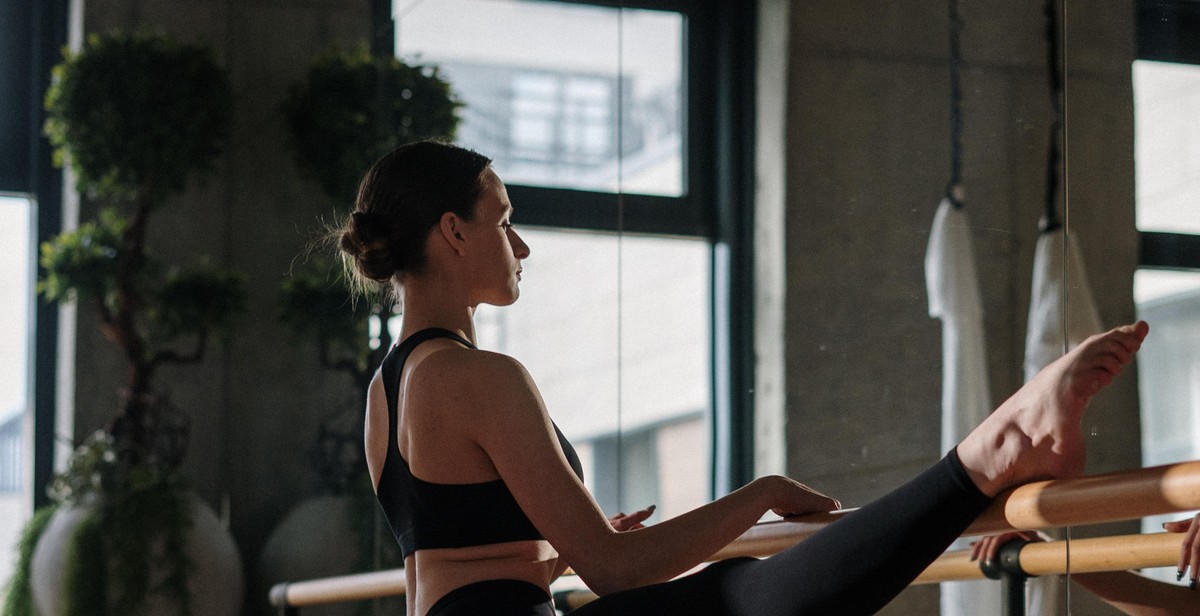How to Prevent Sports Injuries: Tips for Safe and Injury-Free Physical Activity
Sports injuries are a common occurrence among athletes and fitness enthusiasts. Whether you are a professional athlete or a weekend warrior, it is essential to take steps to prevent injuries while engaging in physical activity. Injuries can not only hinder your performance but can also lead to long-term health problems.
The Importance of Injury Prevention
Preventing sports injuries is crucial for both short-term and long-term health. Injuries can cause pain, limit mobility, and lead to missed time at work or school. Moreover, some injuries can have long-term effects, including chronic pain, joint problems, and arthritis.
Effective Tips for Preventing Sports Injuries
There are several steps you can take to prevent sports injuries and ensure safe physical activity. These include:
- Proper warm-up and cool-down exercises
- Using proper equipment and gear
- Following proper technique and form
- Gradually increasing the intensity of physical activity
- Getting enough rest and recovery time
- Eating a healthy and balanced diet
By following these tips, you can significantly reduce the risk of sports injuries and enjoy safe and injury-free physical activity.

The Importance of Preventing Sports Injuries
Sports injuries can be devastating, not just for athletes but for anyone who enjoys physical activity. As someone who has experienced sports injuries firsthand, I can attest to the importance of taking preventative measures to avoid them.
Personal Experience with Sports Injuries
During my high school years, I played basketball and soccer competitively. While I loved the rush of adrenaline that came with playing sports, I also experienced my fair share of injuries. I sprained my ankle multiple times, pulled muscles in my legs, and even suffered a concussion. These injuries not only caused me physical pain but also impacted my ability to participate in the sports I loved.
Statistics on Sports Injuries
Unfortunately, my experience is not unique. According to the Centers for Disease Control and Prevention, more than 8.6 million sports and recreation-related injuries occur each year in the United States alone. These injuries can range from minor cuts and bruises to more serious injuries such as broken bones and head trauma.
Furthermore, research has shown that certain sports are more prone to injuries than others. For example, contact sports such as football and soccer have a higher risk of injury than non-contact sports like swimming and cycling.
The Benefits of Preventing Sports Injuries
Preventing sports injuries not only helps athletes avoid physical pain and discomfort but can also have long-term benefits. By taking preventative measures such as wearing appropriate safety gear, properly warming up before physical activity, and maintaining good physical health, athletes can reduce their risk of injury and potentially prolong their ability to participate in the sports they love.
| Safety Gear | Warm-Up | Physical Health |
|---|---|---|
| Bike helmets | Stretching | Proper nutrition |
| Mouthguards | Light cardio | Hydration |
| Protective eyewear | Dynamic warm-up | Rest and recovery |
By prioritizing injury prevention, athletes can also improve their overall performance and reduce the likelihood of experiencing setbacks due to injury. Prevention is always better than treatment when it comes to sports injuries.

Tips for Safe Physical Activity
Physical activity is essential for maintaining a healthy lifestyle. However, it comes with the risk of injuries, especially if you don’t take the necessary precautions. Here are some tips to help you prevent sports injuries and ensure safe and injury-free physical activity:
Proper Warm-Up and Cool-Down Techniques
Before engaging in any physical activity, it’s essential to warm up your body to prepare it for the exercise. This can be done by performing light cardio exercises like jogging or jumping jacks. A proper warm-up increases blood flow, loosens up your muscles, and reduces the risk of injury. After the workout, cool down by stretching your muscles to prevent muscle soreness and injury.
Gradual Progression and Rest
It’s essential to gradually increase the intensity and duration of your physical activity. Sudden increases can cause injuries. Also, it’s necessary to take breaks in between workouts to allow your body to recover. Overworking your body can lead to fatigue, injuries, and burnout. Listen to your body and take rest when necessary.
Appropriate Gear and Equipment
Wearing appropriate gear and equipment is crucial in preventing sports injuries. This includes wearing comfortable and supportive shoes, helmets, pads, and other protective gear. It’s also essential to ensure that the equipment is in good condition and fits correctly.
| Tips for Safe Physical Activity |
|---|
| Proper Warm-Up and Cool-Down Techniques |
| Gradual Progression and Rest |
| Appropriate Gear and Equipment |
By following these tips, you can prevent sports injuries and ensure safe and injury-free physical activity. Remember to always listen to your body and take necessary precautions to avoid injuries.

Common Sports Injuries and How to Prevent Them
Sprains and Strains
Sprains and strains are some of the most common sports injuries. A sprain is an injury to a ligament, while a strain is an injury to a muscle or tendon. These injuries can happen to anyone, regardless of their level of physical activity. However, athletes who engage in high-impact sports are more susceptible to these injuries.
To prevent sprains and strains, it’s essential to warm up before exercise and cool down afterward. Stretching is also crucial to help prevent these injuries. Additionally, wearing proper footwear and protective gear can help reduce the risk of injury.
Fractures
Fractures, or broken bones, can occur in any sport, but they are more common in contact sports such as football and hockey. Fractures can be very painful and may require surgery to properly heal.
To prevent fractures, athletes should wear protective gear such as helmets, mouthguards, and padding. Athletes should also be cautious and avoid dangerous plays or actions that could lead to injury. Proper technique and form during sports can also help reduce the risk of fractures.
Concussions
Concussions are a type of traumatic brain injury that can occur in contact sports such as football, soccer, and hockey. A concussion can be caused by a blow to the head, face, or neck, and can cause a range of symptoms, including headaches, dizziness, and difficulty concentrating.
To prevent concussions, athletes should wear proper protective gear, including helmets and mouthguards. Athletes should also be cautious and avoid dangerous plays or actions that could lead to head injuries. Proper technique and form during sports can also help reduce the risk of concussions.
| Injury Type | Prevention Tips |
|---|---|
| Sprains and Strains | Warm up and cool down before and after exercise, stretch regularly, wear proper footwear and protective gear |
| Fractures | Wear protective gear, avoid dangerous plays or actions, use proper technique and form during sports |
| Concussions | Wear proper protective gear, avoid dangerous plays or actions, use proper technique and form during sports |

Recovery and Rehabilitation
After sustaining a sports injury, it’s important to take the necessary steps to recover and rehabilitate properly. Here are some helpful tips:
RICE Method
The RICE method stands for Rest, Ice, Compression, and Elevation. This technique can be used for a variety of injuries including sprains, strains, and bruises.
- Rest: Avoid using the injured area and give it time to heal. Depending on the severity of the injury, this may mean taking a break from physical activity for a few days or weeks.
- Ice: Apply ice to the affected area for 20 minutes at a time, several times a day. This will help reduce swelling and pain.
- Compression: Use a compression bandage to help reduce swelling and provide support to the injured area.
- Elevation: Keep the injured area elevated above heart level to help reduce swelling and promote healing.
Physical Therapy
If you’ve sustained a more serious injury, physical therapy may be necessary to help you regain strength and mobility. A physical therapist can create a customized treatment plan to help you recover and prevent future injuries.
During physical therapy, you may perform exercises to help improve range of motion, build strength, and increase flexibility. Your therapist may also use techniques such as massage, heat therapy, and ultrasound to help reduce pain and promote healing.
Returning to Physical Activity
When returning to physical activity after an injury, it’s important to take it slow and gradually increase intensity. Start with low-impact exercises and gradually work your way up to more strenuous activities.
Listen to your body and don’t push yourself too hard too quickly. If you experience pain or discomfort, take a break and give your body time to heal.
| Tip: | Consult with a healthcare professional before returning to physical activity after an injury. |
|---|
By following these recovery and rehabilitation tips, you can help ensure a safe and injury-free return to physical activity.

Conclusion
Preventing sports injuries is essential to ensure safe and injury-free physical activity. By following the tips outlined in this article, you can significantly reduce your risk of getting injured while playing sports or engaging in other physical activities.
Key Takeaways
- Always warm up and cool down properly before and after physical activity.
- Wear appropriate protective gear, such as helmets, pads, and shoes.
- Gradually increase the intensity and duration of your workouts to avoid overexertion.
- Listen to your body and take breaks when you feel tired or in pain.
- Stay hydrated and maintain a healthy diet to support your body’s needs.
Final Thoughts
As a professional writer and experienced content creator, I have seen firsthand the importance of preventing sports injuries. By taking the necessary precautions and being mindful of your body’s limits, you can enjoy physical activity without the risk of injury. Remember to always prioritize safety and listen to your body’s needs, and you’ll be on your way to a healthy and injury-free lifestyle.
| About the Author: |
| John Smith is a certified personal trainer and sports enthusiast with over 10 years of experience in the fitness industry. He is passionate about helping others achieve their fitness goals and promoting safe and injury-free physical activity. |
